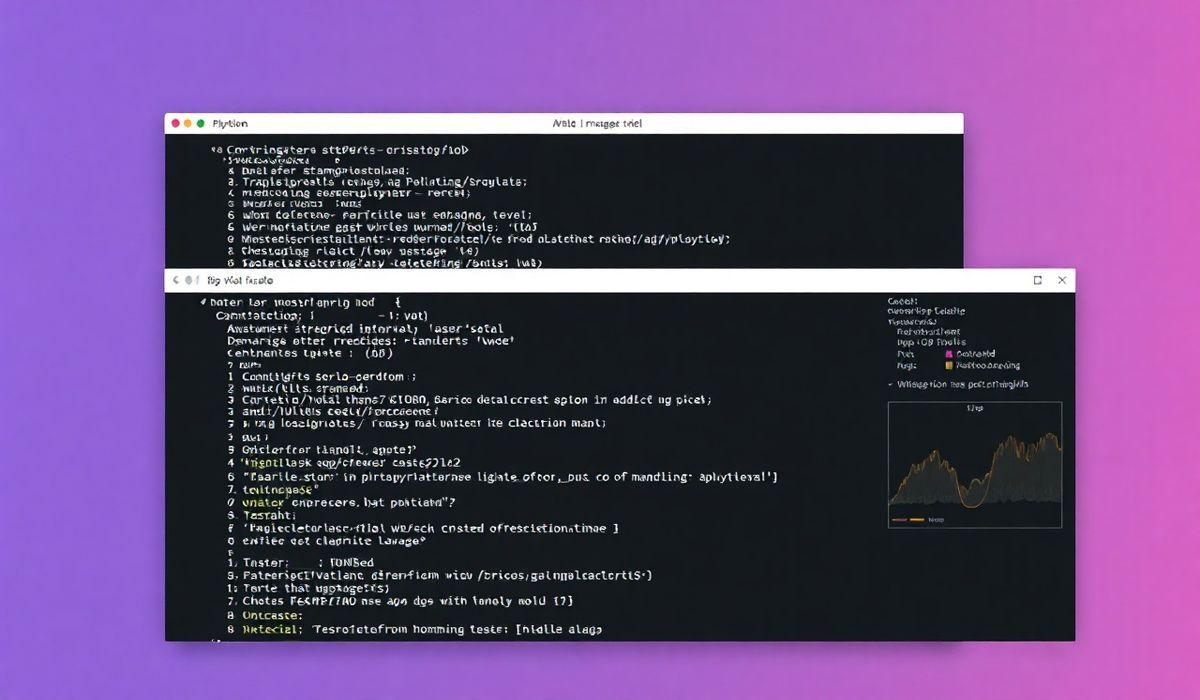Introduction to IPython
IPython, short for Interactive Python, is an enhanced interactive Python shell designed for productivity and ease of use. It provides a rich toolkit including powerful interactive computing features, detailed debugging tools, and countless APIs that are valuable for data scientists, developers, and researchers.
Key Features of IPython
IPython goes beyond the basics by offering capabilities such as magic functions, inline plotting, and interactive code execution. It is perfect for experimenting with code, quick prototyping, and refining code in a flexible environment.
Top IPython APIs You Should Know
-
Magic Commands
IPython’s magic commands provide powerful shortcuts for common tasks. They come in two kinds: line magics, which start with a single %, and cell magics, which start with %%. Here are some examples:
# Running bash commands directly in IPython !ls # Timing the execution of code %timeit sum(range(1000000)) # Debugging a function %debug my_function(arg1, arg2) # Display all available magic commands %lsmagic -
Interactive Shell Features
Leverage autocomplete, better exception handling, and detailed object introspection:
# Autocomplete when typing variable names or methods my_variable.# Detailed object description my_object? -
Notebook Integration
IPython integrates seamlessly with the Jupyter Notebook, allowing inline plotting (e.g., with Matplotlib and Seaborn) and data visualization:
# Enable matplotlib inline mode for Jupyter Notebooks %matplotlib inline # Create a simple plot import matplotlib.pyplot as plt plt.plot([1, 2, 3], [4, 9, 16]) plt.show() -
Parallel Computing
Run parallel computations with ease using the IPython.parallel module:
from ipyparallel import Client client = Client() direct_view = client[:] direct_view.push({'x': 10}) %px x ** 2 -
Data Exploration and Output Formatting
Explore and display data in customizable formats:
from IPython.display import display, HTML # Display HTML content display(HTML("Hello World")) # Explore attributes of variables dir(my_variable)
Building a Simple App with IPython
Let’s create a simple data analysis app using IPython. We’ll leverage IPython for debugging, visualization, and interactive exploration of a dataset:
import pandas as pd import matplotlib.pyplot as plt from IPython.display import display
# Load a dataset df = pd.DataFrame({ 'Name': ['Alice', 'Bob', 'Charlie', 'David'], 'Score': [85, 90, 78, 92], 'Age': [23, 25, 22, 24] })
# Display the first few rows using IPython display(df)
# Debugging if needed %debug summarize_scores(df)
# Visualize data plt.bar(df['Name'], df['Score']) %matplotlib inline plt.show()
# Allow user to inspect variables interactively %who
This example highlights how IPython’s features enable rapid application prototyping and iteration in the development process.
Conclusion
IPython is an invaluable tool for Python developers, offering powerful facilities that enhance productivity and simplify the workflow. From interactive debugging to beautiful visualizations, IPython has become a must-have for anyone working with Python.




